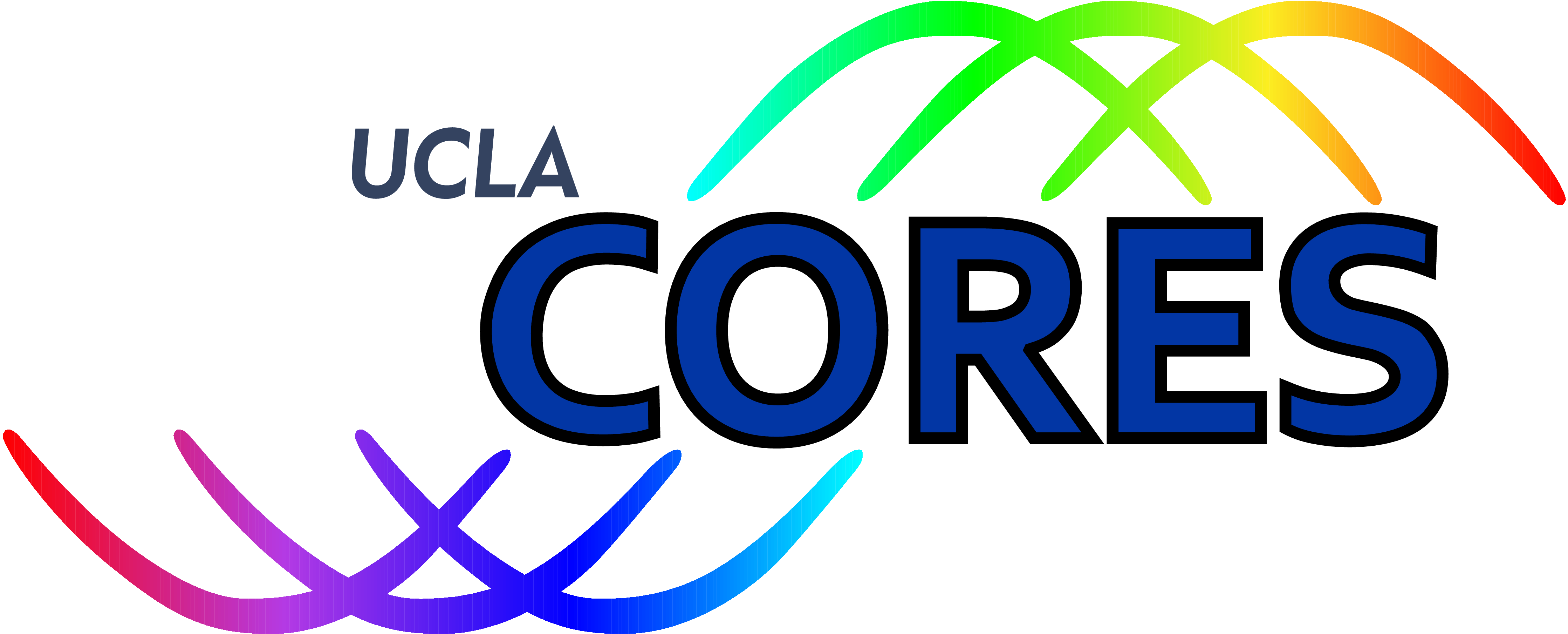
Cognitive Reconfigurable Embedded Systems Lab

Dynamic Spectrum Access by Learning Primary Network Topology
This project focuses on developing cooperative algorithms for the identification of spectrum holes and classification of primary network activity by geographically large-scale cognitive radio networks. The project consists of three parts, namely localization, footprint learning and network topology learning.
The knowledge of PU location is required in a cognitive radio (CR) network for advanced spectrum sharing, e.g., location-based interference management. Our proposed Cyclic Weighted Centroid Localization (WCL) algorithm uses the distinct cyclostationary properties of the PUs in order to estimate the location of each. The proposed Cyclic WCL reduces the localization error by 5x as compared to traditional WCL when the interferer’s transmit power is 40 dB higher than the target.
When multiple CRs and PUs coexist in the same spectrum, different sets of CRs may receive signals from each PU. Learning these footprints of each PU is necessary for disambiguating the PU signals which, in turn, is necessary for computing individual PUs’ radio environment map, location, and for signal classification. To increase versatility of our proposed algorithms, we use only the received energy measurements at the CRs as input. Furthermore, they do not rely on knowledge of the channel propagation models or the location of any radios, PUs or CRs. Their ability to distinguish the signals from each PUs can be used to extend existing algorithms, such as WCL, designed for single PU systems.
The learned footprints and the detected spectrum occupancy will be used to analyze the PU activity over time. The PU activity will be used to identify sets of PUs that are part of the same network. Learning the network topology will improve the spatial resolution of the spectrum holes by identifying the receiver of each PU transmission.
Staff
- Principal Investigator: Danijela Cabric
- Students: Shailesh Chaudhari, Mihir Laghate